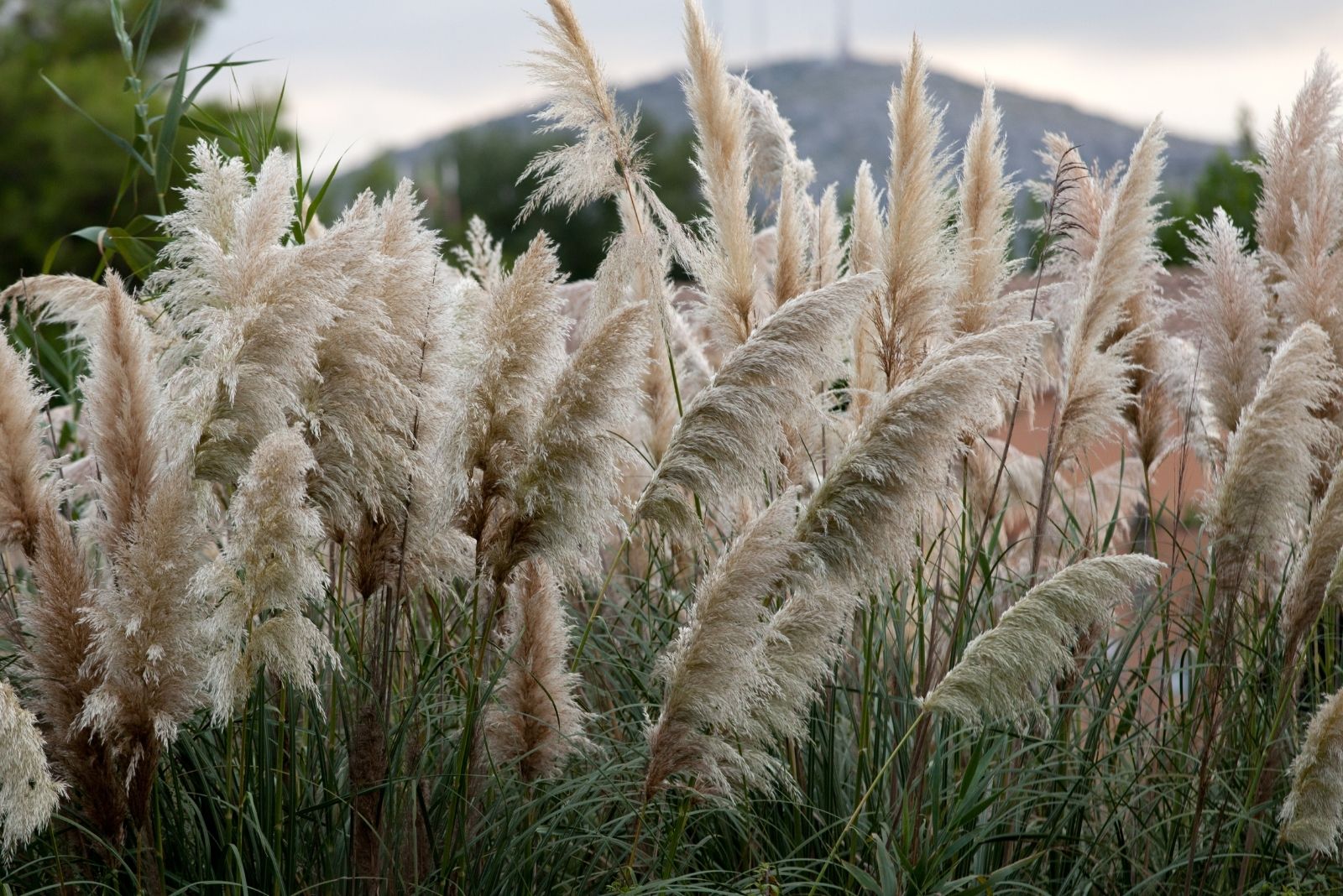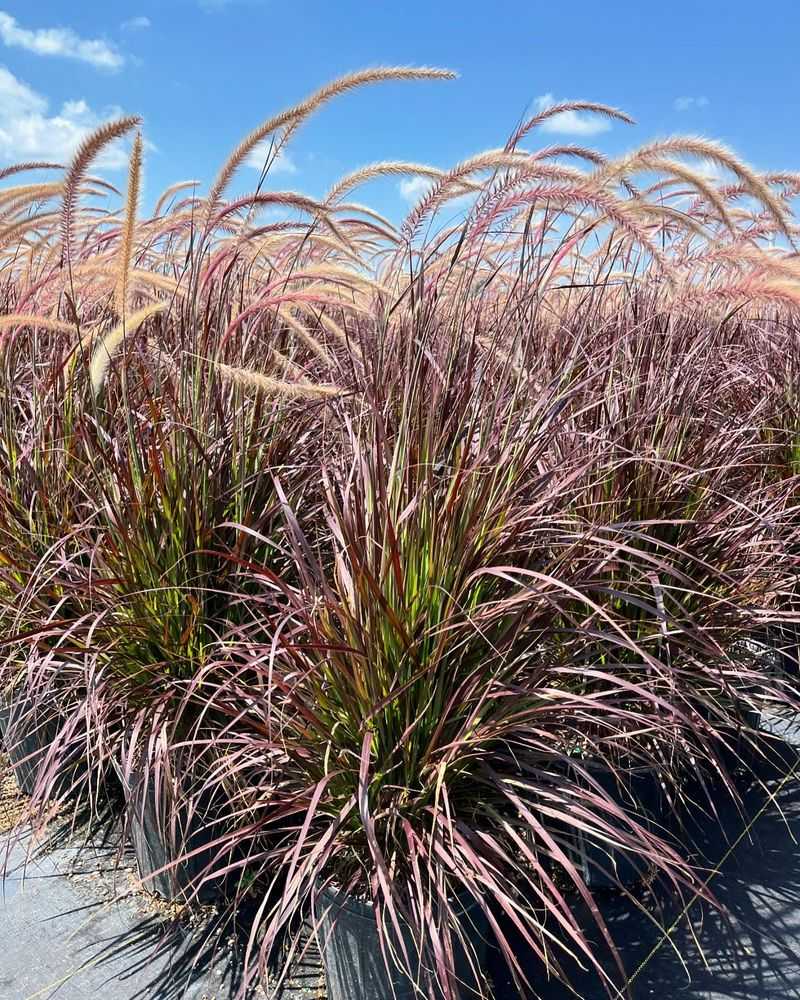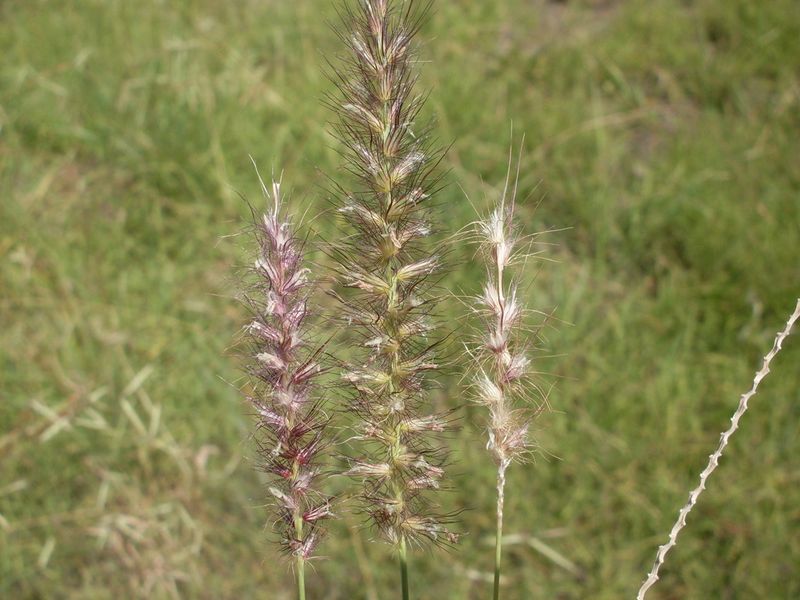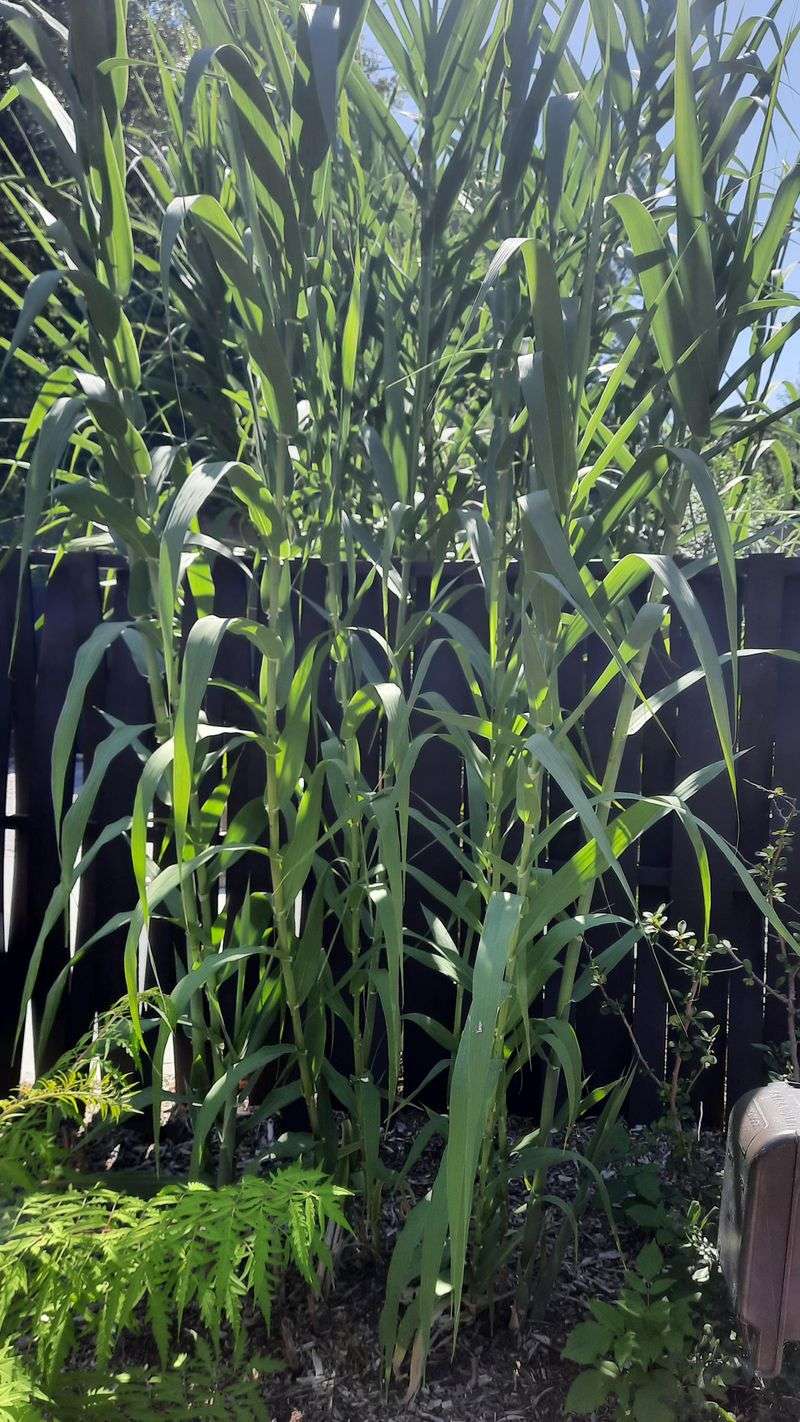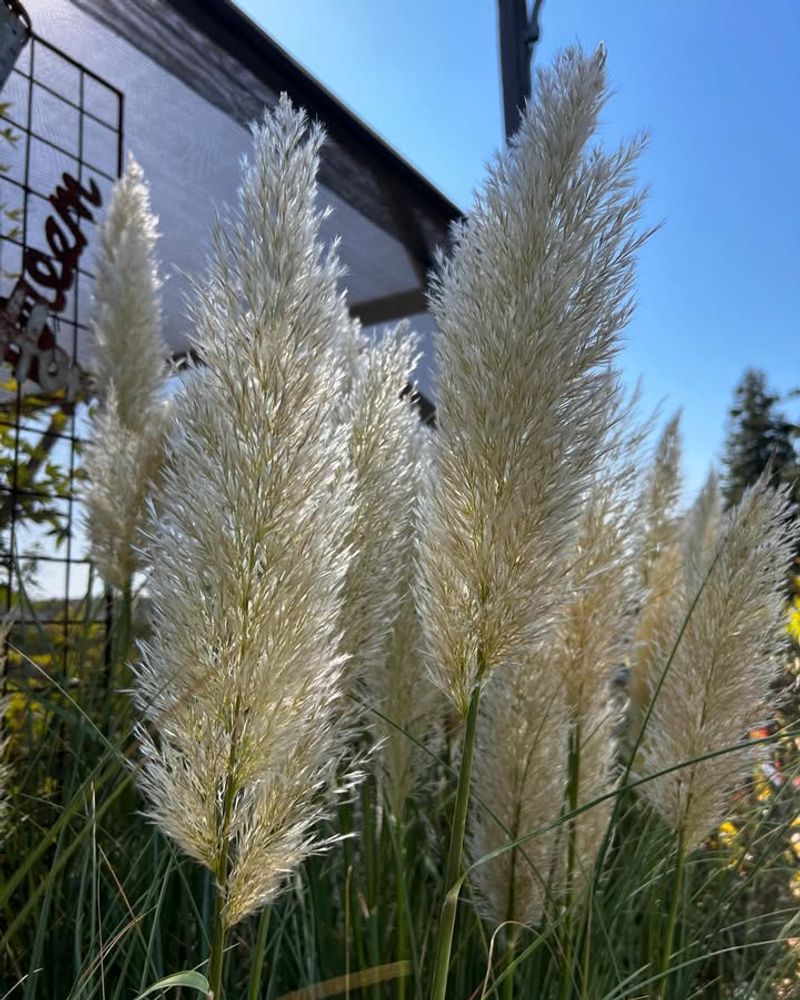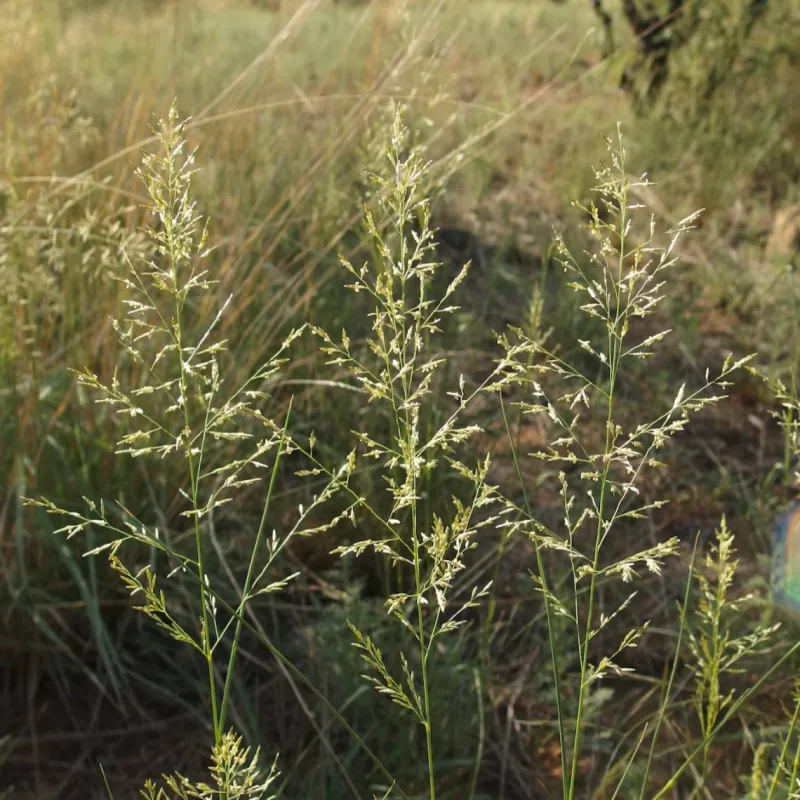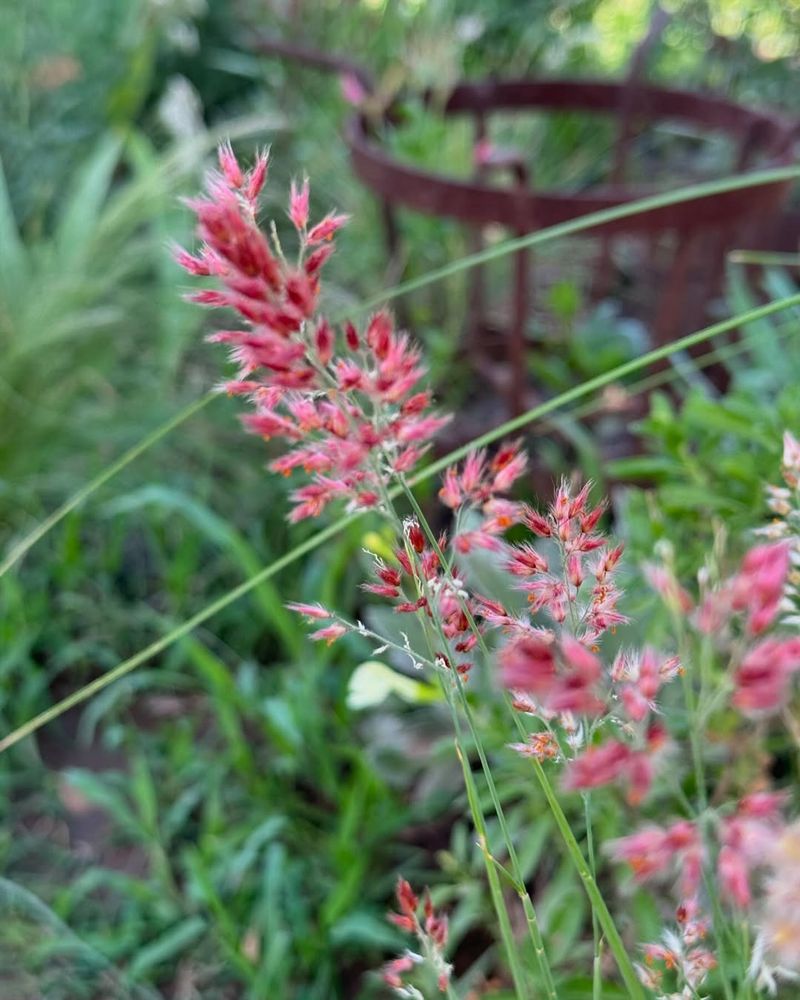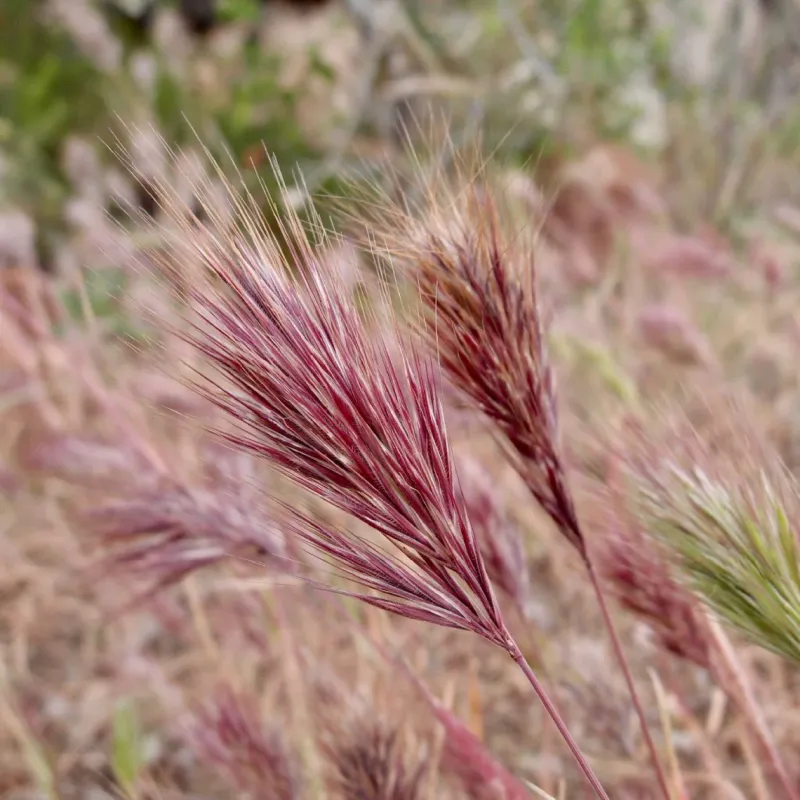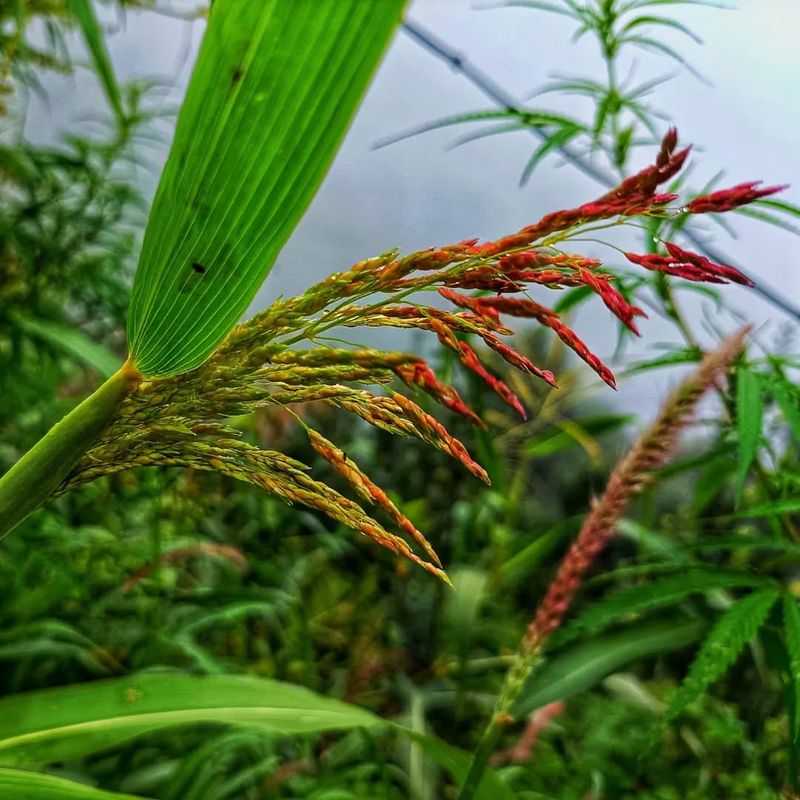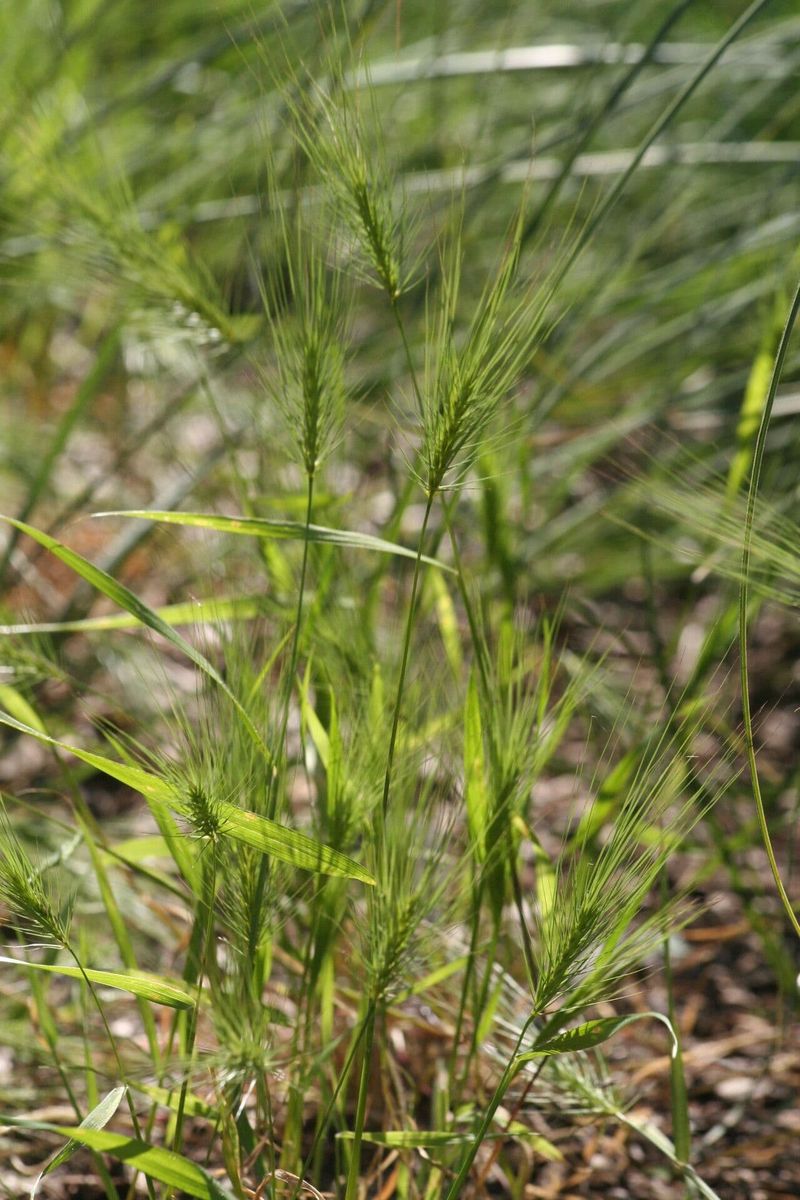Arizona’s desert climate is unforgiving, and planting the wrong grass can lead to serious environmental trouble. Some ornamental grasses might look appealing at the garden center, but they spread aggressively and choke out native plants.
In my experience, avoiding these invasive species protects Arizona’s fragile ecosystems and saves you from endless maintenance headaches.
1. Fountain Grass (Pennisetum setaceum)
Originally from Africa, this grass spreads like wildfire across Arizona’s open spaces. Seeds travel on the wind and germinate quickly after monsoon rains. I’ve watched entire hillsides turn pink with its plumes, crowding out native plants that wildlife depends on.
Fire danger increases dramatically wherever this grass takes hold. Dry stalks burn hot and fast, threatening homes near desert areas. Water-wise native grasses like deer grass make much safer alternatives for Arizona landscapes.
2. Buffelgrass (Pennisetum ciliare)
Ranchers introduced this African native decades ago for cattle forage, but it escaped cultivation rapidly. Now it blankets thousands of acres across southern Arizona, transforming Sonoran Desert into grassland. Once established, removal becomes nearly impossible without persistent effort and expense.
Saguaros and other iconic cacti die when buffelgrass fires sweep through their habitat. These plants didn’t evolve with frequent fires, so they can’t survive the intense heat. For me, protecting our desert heritage means never planting this aggressive invader.
3. Giant Reed (Arundo donax)
Towering up to twenty feet tall, this Mediterranean grass dominates Arizona’s waterways and irrigation canals. Rhizomes spread underground, forming impenetrable thickets that block water flow and access. Wildlife habitat disappears as this monoculture replaces diverse riparian vegetation.
Water consumption reaches staggering levels—giant reed uses more than native cottonwoods and willows combined. In a state where every drop counts, planting this water hog makes no sense. Native Arizona sycamores provide shade without destroying creek ecosystems.
4. Pampas Grass (Cortaderia selloana)
Those dramatic white plumes might catch your eye at nurseries, but think twice before buying. Each plant produces millions of seeds that scatter across neighborhoods and wild areas. I’ve seen Arizona gardens become overwhelmed when just one plant escapes control.
Sharp leaf edges can slice skin, making maintenance dangerous and unpleasant. Removal requires digging out massive root systems or repeated herbicide applications. Desert marigold and brittlebush offer beautiful blooms without the invasive nightmare.
5. Lehmann’s Lovegrass (Eragrostis lehmanniana)
Soil conservation programs once promoted this African species throughout Arizona grasslands. Unfortunately, it outcompetes native grasses that provide better nutrition for wildlife. Dense mats of lovegrass prevent other plants from establishing, reducing biodiversity significantly.
Seeds remain viable in soil for years, making eradication extremely difficult once introduced. Fire frequency increases because this grass produces abundant dry fuel. Native sideoats grama creates better ground cover without the ecological damage.
6. Natal Grass (Melinis repens)
Pretty pink seedheads disguise this grass’s destructive nature in Arizona ecosystems. Thriving in disturbed areas, it quickly colonizes roadsides, vacant lots, and natural areas. Each plant can produce thousands of seeds that spread through wind, water, and contaminated soil.
Fuel loads increase wherever natal grass becomes established, raising wildfire risks substantially. Native plants struggle to compete with its aggressive growth pattern. Mexican feathergrass provides similar ornamental appeal without threatening Arizona’s desert environments.
7. Red Brome (Bromus rubens)
Already widespread across Arizona, this annual grass shouldn’t be deliberately planted anywhere. It germinates with winter rains and dries out by late spring, creating continuous carpets of flammable material. Fire seasons now last longer because red brome provides fuel where bare ground once existed.
Native wildflower displays suffer when this grass dominates disturbed ground. Seeds attach to clothing, pet fur, and vehicle tires, spreading to new locations effortlessly. Supporting native plant restoration projects helps combat this invader’s continued spread.
8. Johnson Grass (Sorghum halepense)
Farmers curse this Mediterranean native for invading agricultural fields throughout Arizona. Rhizomes spread underground, sending up new shoots that resist mowing, tilling, and most herbicides. I’ve watched property owners battle this grass for years without complete success.
Livestock can suffer cyanide poisoning from stressed or frosted plants, adding danger to its invasiveness. It also harbors crop pests and diseases that affect nearby farms. Native blue grama grass provides erosion control without the agricultural and ecological problems.
9. Medusahead (Taeniatherum caput-medusae)
Named for its twisted, snake-like seed heads, this Eurasian annual invades Arizona grasslands aggressively. High silica content makes it unpalatable to livestock and wildlife, essentially creating biological deserts. Seeds germinate earlier than native grasses, giving it a competitive advantage for water and nutrients.
Infestations build up dense thatch layers that prevent native plant establishment for years. Fire frequency increases while forage quality plummets in affected areas. Native Arizona fescue supports local ecosystems instead of destroying them.
10. Bermuda Grass (Cynodon dactylon)
Commonly used for lawns and sports fields, this grass becomes a nightmare when it escapes cultivation. Runners and rhizomes invade flower beds, vegetable gardens, and natural areas relentlessly. Eradication requires persistent effort since tiny root fragments regenerate into new plants.
Water demands remain high despite claims of drought tolerance, straining Arizona’s limited supplies. It also harbors allergens that cause respiratory problems for many people. Native buffalo grass creates lawns that use half the water without the aggressive spreading behavior.

